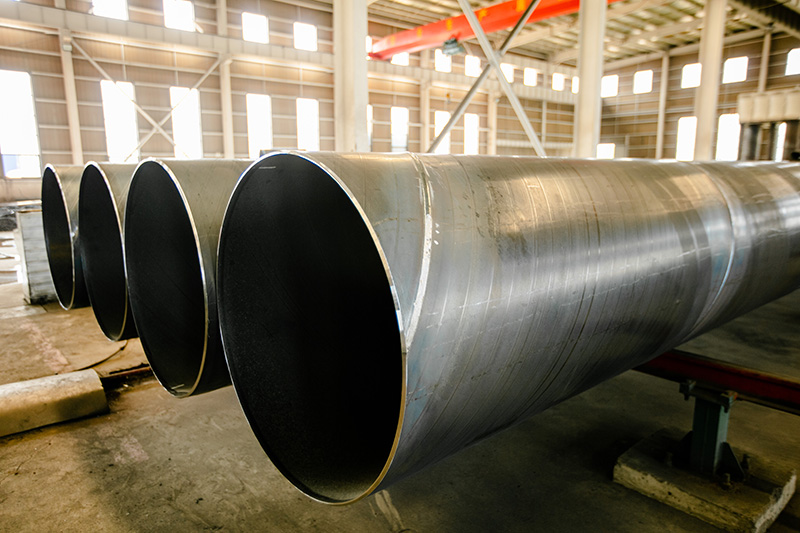Introduce:
In the ever-evolving industrial sector, advancements in welding technology play a vital role in increasing productivity, efficiency and overall accuracy. As the demand for reliable, robust welding methods continues to increase, innovative technologies such as Spiral Submerged Arc Welding (HSAW) have become game-changers. HSAW is a technological marvel that combines the advantages of submerged arc and spiral welding and is revolutionizing the world of welding. In this blog, we will explore the fascinating world of spiral submerged arc welding and its importance in improving the efficiency and accuracy of industrial welding processes.
What is Spiral Submerged Arc Welding (HSAW)?
Spiral submerged arc welding (HSAW), also known as spiral welding, is a special welding technique that helps join long, continuous steel pipes. The method involves feeding the steel pipe into a machine, where a rotating circular welding head continuously emits an electric arc, creating a seamless and consistent weld. The welding head spirally moves along the inner or outer circumference of the pipe to ensure the uniformity and stability of the welding process.
Improve efficiency:
HSAW brings several advantages to the welding process, ultimately increasing efficiency. One of the significant advantages of HSAW is its ability to weld pipe of virtually any size and thickness. This versatility allows for increased customization and adaptability, allowing industries to meet different project requirements. The continuity of welding eliminates the need for frequent stops and starts, significantly reducing downtime and increasing productivity. Additionally, the automated nature of the process reduces reliance on manual labor, minimizes the occurrence of errors, and increases overall throughput.
Optimization accuracy:
Precision is the hallmark of every successful welding process, and HSAW excels in this regard. The spiral movement of the welding head ensures a consistent weld profile over the entire circumference of the pipe. This uniformity eliminates the possibility of weak spots or irregularities in the weld, ensuring structural integrity and reliability. In addition, advanced control systems in HSAW machines can precisely adjust welding parameters such as arc voltage and wire feed speed, resulting in precise and repeatable welding. This precision improves the overall quality of the welded joint and reduces the likelihood of defects or failures.
Applications of HSAW:
The unparalleled advantages of HSAW make it a popular welding technology in many industries. HSAW is widely used in pipeline construction in the oil and gas sector. The reliable welds provided by HSAW ensure the integrity and durability of these pipelines, which is critical for the efficient transportation of oil and gas over long distances. Additionally, HSAW has applications in the construction industry, where it is used to manufacture large steel structural components such as columns and beams. The greater efficiency and precision offered by HSAW make it ideal for these demanding projects, reducing construction time and ensuring structural stability.
In conclusion:
In summary, spiral submerged arc welding (HSAW) is a groundbreaking welding technology that has revolutionized industrial welding processes. With the ability to increase efficiency and accuracy, HSAW has become a valuable asset to industries ranging from oil and gas to construction. The continuous and automated nature of the process, coupled with its precise control system, results in efficient and reliable welding. As technology advances further, HSAW is likely to play an increasingly important role in meeting the needs of the modern industrial sector, ensuring strong welded joints.
Post time: Oct-17-2023

